Tooth decay is a common problem in children due to habits such as consuming sugary foods. Tooth number 6 is the earliest permanent tooth to erupt, so the risk of decay is high. Therefore, parents should have basic knowledge to prevent cases of children have tooth decay in tooth number 6.
In this article, we will delve into the issue of the consequences when children have tooth decay in tooth number 6 for baby teeth. Let’s follow along
Why is tooth number 6 in children prone to decay?
Tooth decay is a condition that can occur in anyone, from baby teeth to permanent teeth. Decay in any tooth location directly affects the health and daily life of the affected individual. The same applies to tooth number 6, and it’s important to understand why children have tooth decay in tooth number 6.
Human teeth are divided into four groups: incisors, canines, premolars, and molars. Among them, tooth decay in the group of molars, which includes tooth number 6, is considered a dangerous condition that has the most significant impact on health.
Tooth number 6, also known as the first molar, signifies that it should not be tampered with or removed unless necessary. The name itself demonstrates the importance of tooth number 6. It is the earliest erupting permanent tooth, belonging to the group of large-sized teeth with multiple roots, a large crown, and a wide chewing surface. It serves an essential function in the human body,making it crucial to address when children have tooth decay in tooth number 6
See more: Tooth Decay Treatment: 5 Effective Methods and Techniques
Consequences of tooth decay in tooth number 6 for children:
The group of molars in general and tooth number 6, in particular, require special attention and protection. The The consequences of children have tooth decay in tooth number 6 are as follows:
- Directly affects daily activities such as chewing ability, speech, and sleep of the child. Indirectly impacts their overall health.
- Severe tooth decay in tooth number 6 can pose a risk to the jawbone and the dental socket.
- If children have tooth decay in tooth number 6 that is left undetected and untreated, there is a high risk of developing pulpitis and tooth abscess.
- It can cause inflammation in the periodontal tissues of this tooth and spread to other areas.
Reasons for tooth decay in tooth number 6 in children
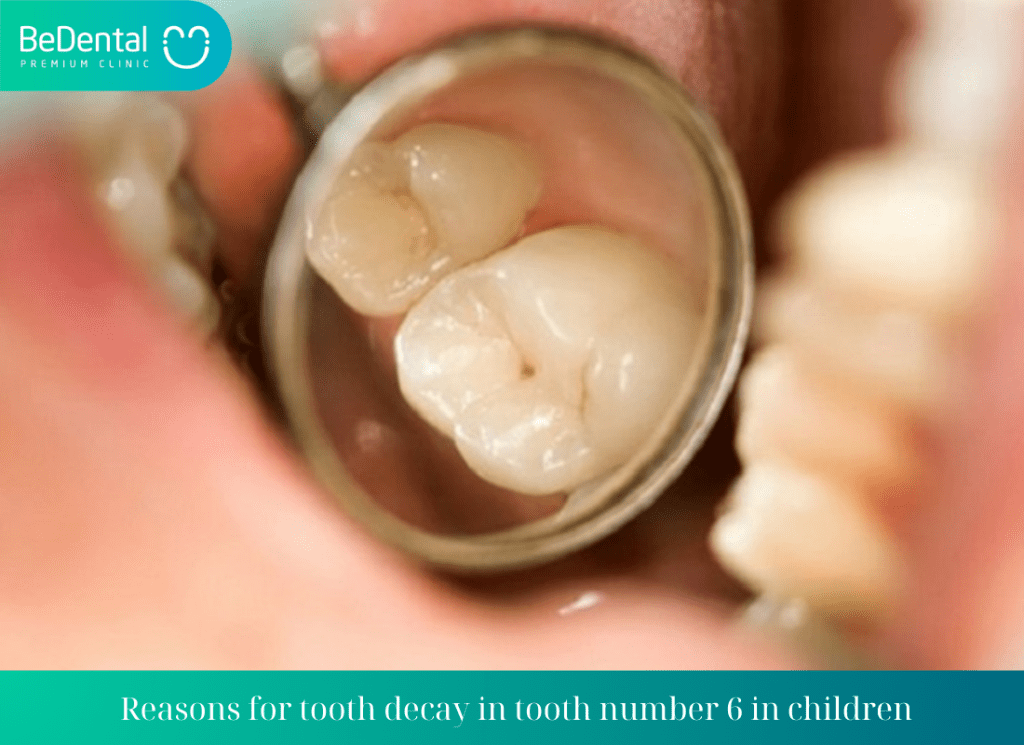
Position of tooth growth
Tooth number 6 belongs to the group of large jaw teeth, with a deep position inside that is difficult to observe and check daily, making it difficult to detect early tooth decay. It is only when it affects the tooth enamel, causing pain and sensitivity, that it is discovered.
Most children are not properly instructed on how to brush their teeth, only brushing the outer side and neglecting the positions of the large jaw teeth, allowing food debris and plaque to accumulate and cause tooth decay.This neglect can contribute to children have tooth decay in tooth number 6.
See more: 5 causes of porcelain tooth sensitivity
In such cases, measures such as remineralizing the tooth enamel can be taken if only white spots have appeared on the teeth. Alternatively, dental fillings can be done when tooth decay has reached the enamel and pulp of the tooth.
To prevent the worst cases of children have tooth decay in tooth number 6,, children should have regular oral health check-ups and be instructed on proper tooth brushing techniques and the use of appropriate toothbrushes to ensure optimal oral hygiene.
Unscientific eating habits

Snacks that contain a lot of sugar and carbonated drinks are favorite foods of young children, and tooth decay caused by consuming too much sweets is the highest among the causes of tooth decay in children, including tooth number 6. The sugar in food and the accumulation of bacteria create an acidic environment that erodes the minerals in tooth enamel.This can lead to children have tooth decay in tooth number 6.
If children have tooth decay in tooth number 6 and unscientific eating habits and poor oral hygiene, it poses a significant risk to their oral health, especially when they still have their primary teeth.
Consequences of tooth decay in children with tooth number 6 for their primary teeth
The daily bad habits of children also affect tooth number 6 in children. Parents need to adjust the following to prevent children have tooth decay in tooth number 6:
- Teeth grinding: Children in the stage of tooth eruption often have teeth grinding habits due to teething, which leads to enamel erosion and makes it easier for bacteria to invade.
- Lazy habit of regular tooth brushing. Children often come up with excuses to avoid brushing their teeth every day.
- Lack of focus on main meals during the day. They prefer to eat multiple snacks, resulting in food debris and bacteria lingering in the mouth.
- Children often have the habit of putting everything around them into their mouths, such as using toys to bite and chew. Biting and chewing on hard or tough objects can affect tooth enamel, causing it to chip or crack and affecting proper tooth alignment.
See more: Anti Teeth grinding trays
Consequences of tooth decay in primary teeth
When children have tooth decay in tooth number 6,it hinders the normal chewing process of children. It causes pain and discomfort during eating, resulting in a decreased appetite. With reduced food intake, the body may be deficient in essential nutrients.
During the growing stage, children need an adequate supply of nutrients for comprehensive development. Nutrition is the key foundation for their physical well-being as they grow up.
Teeth play a role in biting and grinding food. When children have tooth decay in tooth number 6, the process of biting and grinding food is reduced, and food is not properly crushed before entering the stomach. This makes digestion difficult and, over time, weakens the function of the stomach.
If children have severe tooth decay in tooth number 6, they may need to have the tooth extracted earlier than normal. Is tooth extraction dangerous? It can lead to abnormal development of the permanent teeth, often causing misalignment that affects the correct bite of the child in the future. Intervention with dental techniques such as dental crowns or braces may be needed to improve the appearance and aesthetics of the smile.
See more: Ways to prevent Tooth decay
Methods when children have tooth decay in tooth number 6
Children have tooth decay in tooth number 6
Children with mild tooth decay in tooth number 6 or those who have just started to show signs of tooth decay should pay attention to the following points:
Establish a healthy and scientific diet:
- Provide children with nutritious and calcium-rich foods, as well as soft foods that do not excessively strain the teeth.
- Limit foods with added sugars. Choose tooth-friendly foods that produce less acid and cause less enamel damage.
In addition, pay attention to the way children eat. Usually, children have a habit of keeping food or drinks in their mouths for a long time. This increases the risk of acid formation and tooth damage, leading to tooth decay.
Maintain clean oral hygiene:
- Start cleaning the child’s mouth as soon as their teeth start to erupt, using soft toothbrushes and avoiding brushes that are too large.
- Use fluoride toothpaste and consider using specialized mouthwash.
- Teach children to brush their teeth in a vertical motion and develop a habit of brushing twice a day.
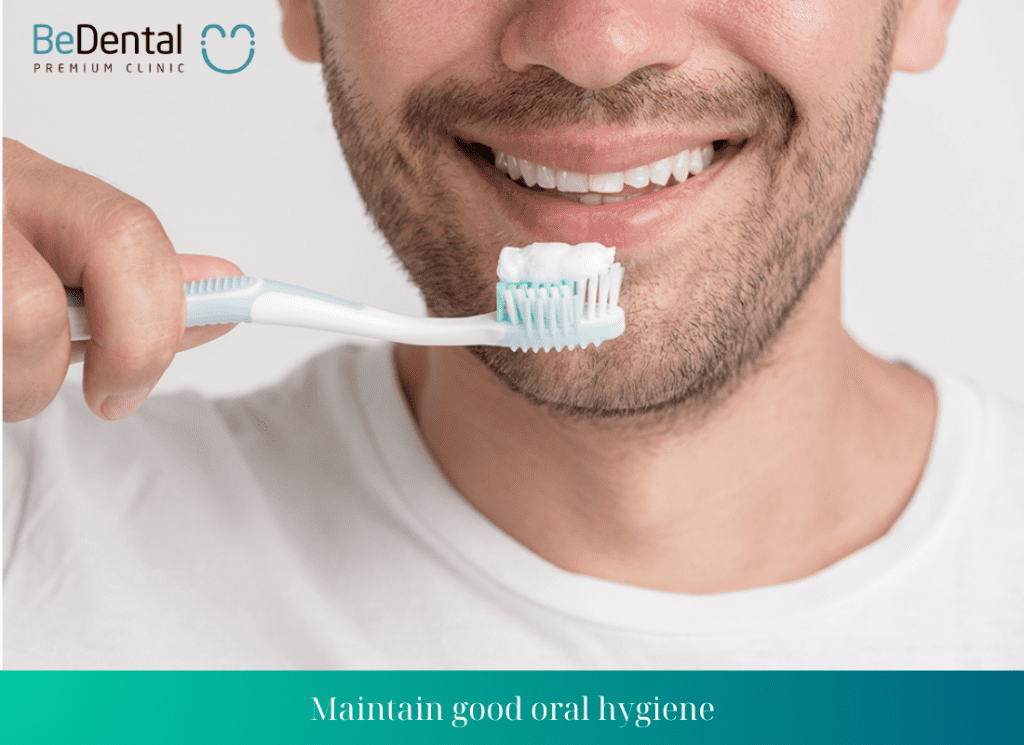
Regularly take children for dental check-ups:
- Regular dental check-ups (every 6-12 months) will help children avoid tooth decay. If you suspect that your child has tooth decay, promptly take them to a dentist for treatment to prevent more serious infections.
- Untreated tooth decay can lead to serious symptoms (especially in the case of large jaw teeth like tooth number 6). If your child has symptoms such as fever, promptly see a doctor. This could be due to dental issues.
Children with severe tooth decay in tooth number 6
In cases where children have severe tooth decay in tooth number 6, and even need to have the tooth extracted, the following measures should be taken:
As analyzed above, tooth number 6 is a permanent tooth that cannot be replaced like regular primary teeth. Therefore, when tooth number 6 is severely decayed, it must be extracted to avoid affecting the adjacent teeth.
When tooth number 6 is lost and not replaced, it can lead to phenomena such as jaw bone resorption, which affects the chewing process and facial changes. It causes the adjacent and opposing teeth to have no support, resulting in misalignment and malocclusion. Therefore, the following corrective methods should be considered:
Dental implant replacement:
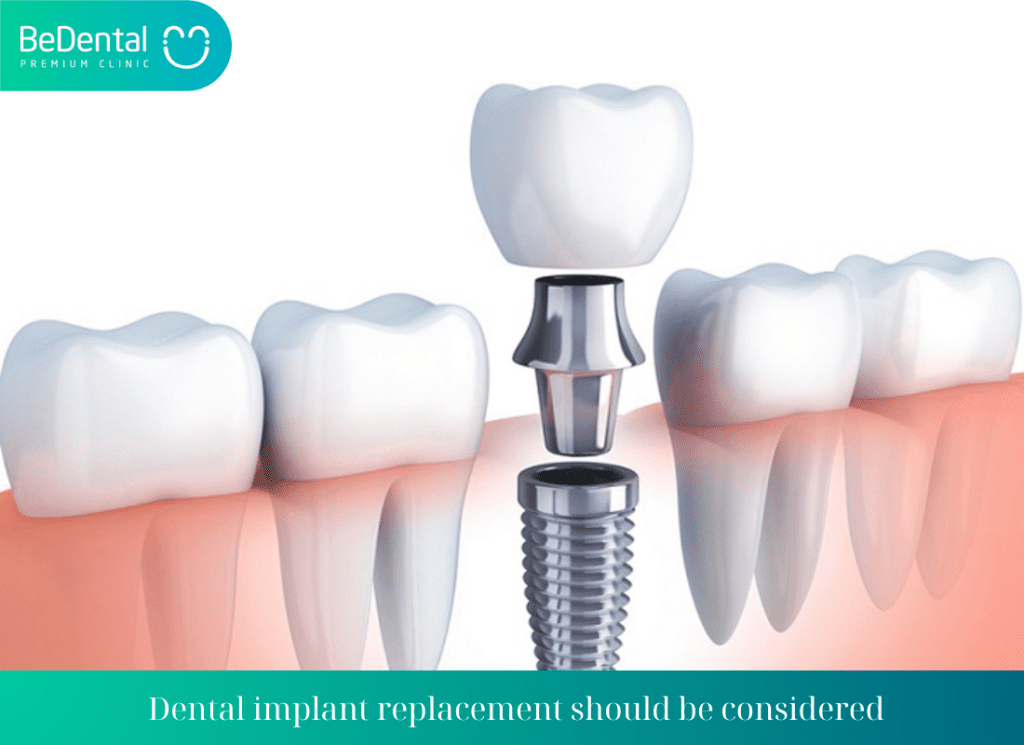
See more: Remove wisdom teeth
- Prevents jaw bone resorption and facial aging.
- Highly aesthetic, the implanted tooth has a natural color.
- Applicable in all cases of tooth loss.
- Does not require grinding of adjacent teeth, minimizing the risk of further tooth loss.
- Prevents misalignment of surrounding teeth due to the gap from missing teeth.
- Minimizes dental health issues and prevents bad breath.
- Provides strong durability, allowing almost natural chewing ability. Enables comfortable eating, including soft and hard foods.
- Average lifespan of the implant is high, up to more than 20 years. Can be almost permanent with proper care.
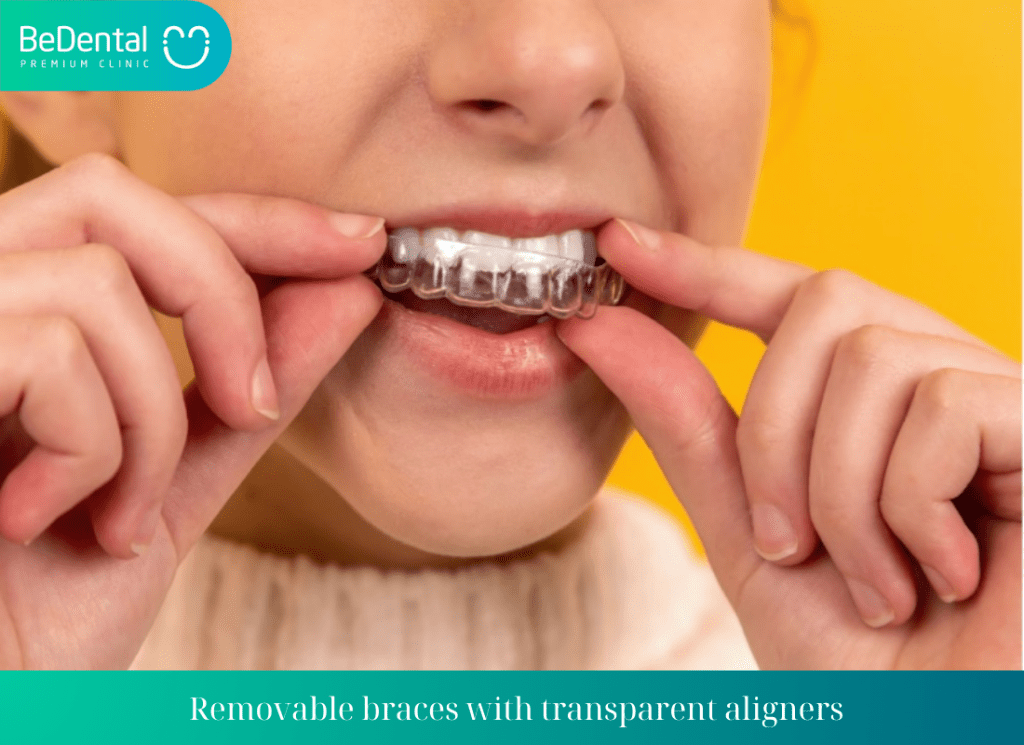
This is a method of braces where dentists will examine and take actual pictures of the customer’s jaw, and then calculate and create plastic trays that fit exactly to the customer’s jaw structure.
For this transparent removable tray method, the trays are made of dental-safe plastic material for the utmost safety of the customer.
The most reputable dental clinic address at present.
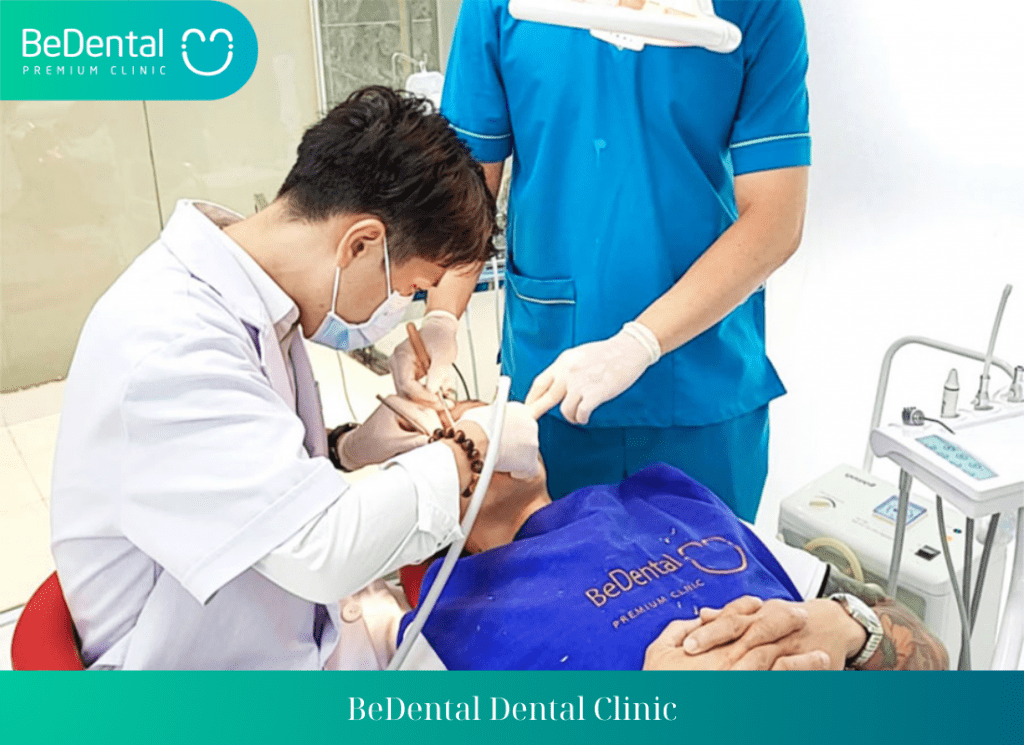
Tư vấn chuyên môn bài viết:
BÁC SĨ DƯƠNG THỊ THÙY NGA
BEDENTAL - TOP STANDARD DENTISTRY SYSTEM
In HANOI
Address 1: 7B Thi Sach St, Ngo Thi Nham, Hai Ba Trung Dist, Ha Noi. - 0934.61.9090
Address 2: No 129 Hoang Ngan, Yen Hoa, Cau Giay Dist, Ha Noi. - 0934.61.9090
In HO CHI MINH
Address 1: 53 -55 -57 Pho Duc Chinh St, Nguyen Thai Binh, Dist. 1, Ho Chi Minh. - 0766.00.8080
Working: 9am - 8pm everyday
Website: https://bedental.vn/en/
PLEASE LEAVE YOUR INFORMATION IF YOU WANT DENTAL CONSULTATION






Pingback: Wisdom Tooth Extraction Causes Instability and Pain in Tooth No. 7 – Be Dental
Pingback: Experience when visiting the National Hospital of Dermatology and Venereology in Vietnam in 2023 – Be Dental
Pingback: UNDERSTANDING CANINE TEETH TO MAKE DECISIONS ABOUT KEEPING OR REMOVING THEM – Be Dental
Pingback: What to do with Black Tartar? 4 Causes and How to Safely Remove Black Tartar – Be Dental
Pingback: How much does dental bonding for gaps and chips cost? 3 cases where dental filling can be performed. – Be Dental
Pingback: How much does a root canal filling cost? Does tooth filling hurt? – Be Dental